Britain’s weather is changing, and not for the better. Are we prepared for what’s coming?
1. Record-Breaking Temperatures

The Met Office’s data indicates an alarming trend: the frequency of ‘hot’ days (over 28°C) has more than doubled compared to historical averages from 1961-1990. What used to be rare is now becoming frighteningly routine.
2. Precipitation Patterns Overturned
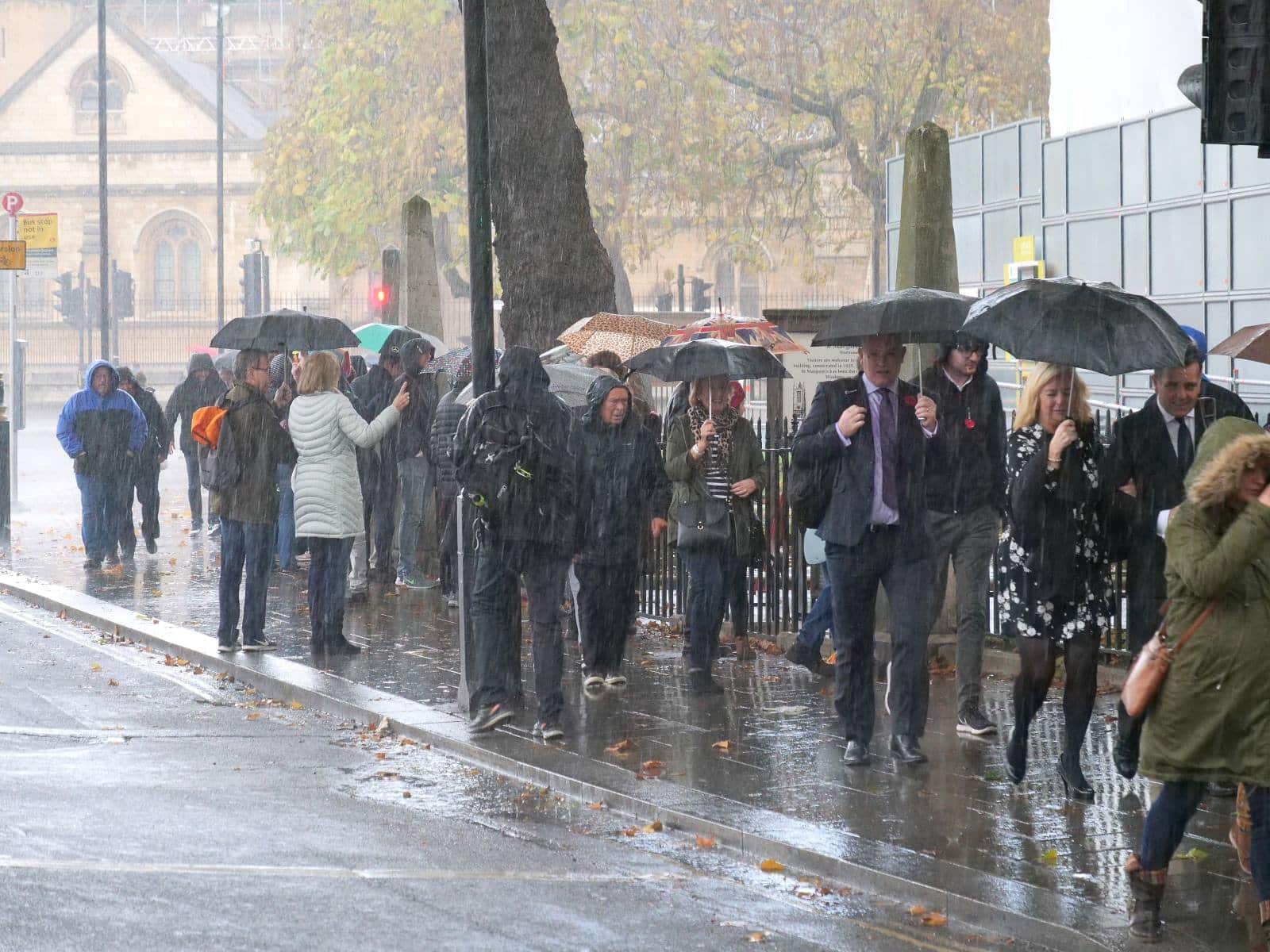
Last year was marked by a 20% increase in the number of days receiving extreme rainfall. This isn’t just a statistic; it translates to flooded homes, ruined crops, and overwhelmed infrastructure. The UK now faces weather extremes that challenge the very backbone of its civil planning.
3. A Surge in Storm Activity
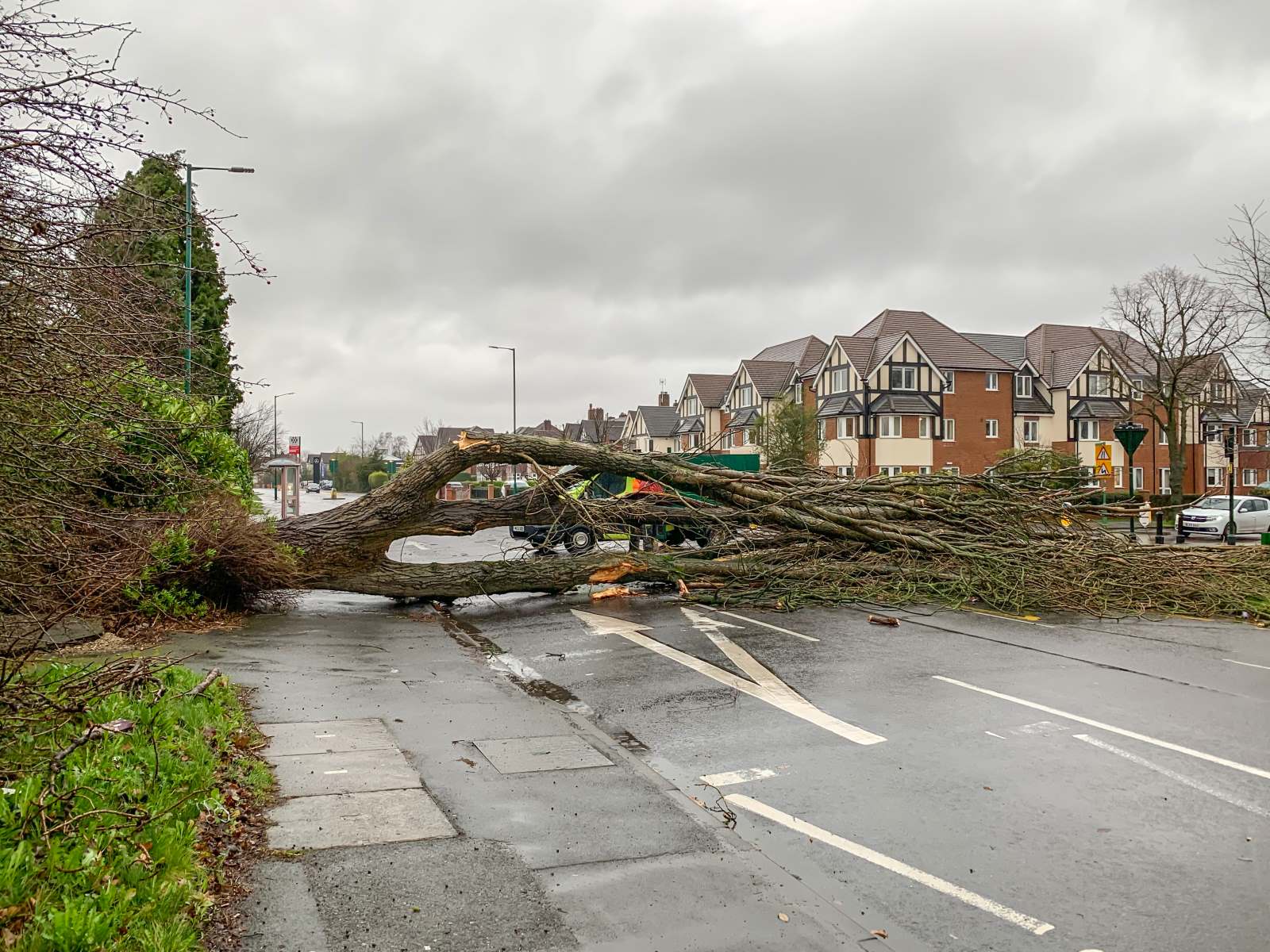
There have been an unprecedented number of storms in recent years. These storms are not only more frequent but more destructive, revealing our growing vulnerability to atmospheric upheavals.
4. The Economic Toll
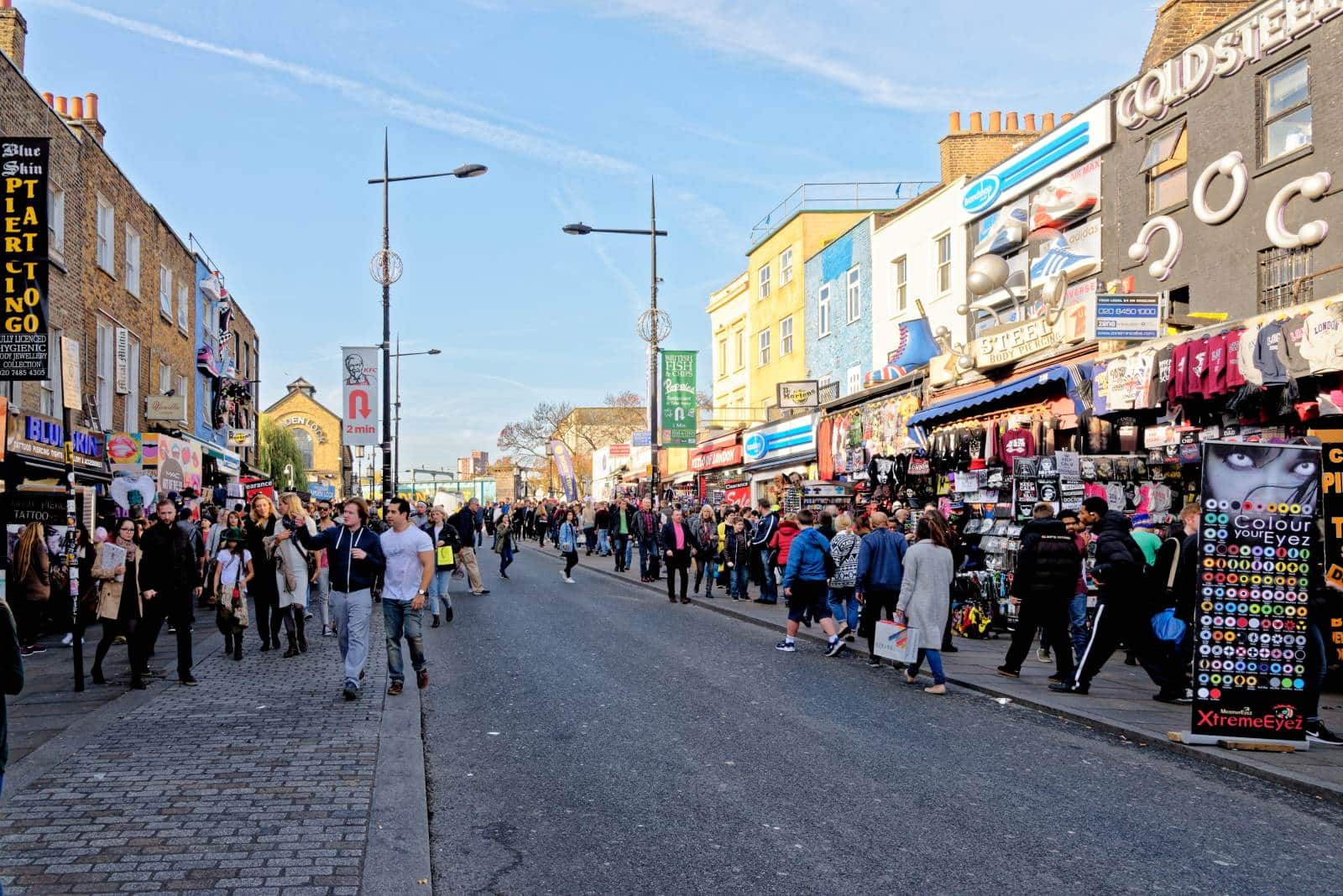
The financial implications are stark. The increased frequency and intensity of storms and floods have escalated repair costs into the billions. This economic strain stretches from individual households to national insurance systems, all reeling under the increasing burden of climate-induced damages.
5. Escalating Health Emergencies

As temperatures soar, so do health risks. Heatwaves are no longer just uncomfortable—they are deadly. The National Health Service is bracing for more heat-related illnesses each summer, stressing already strained resources.
6. Farming on the Front Lines
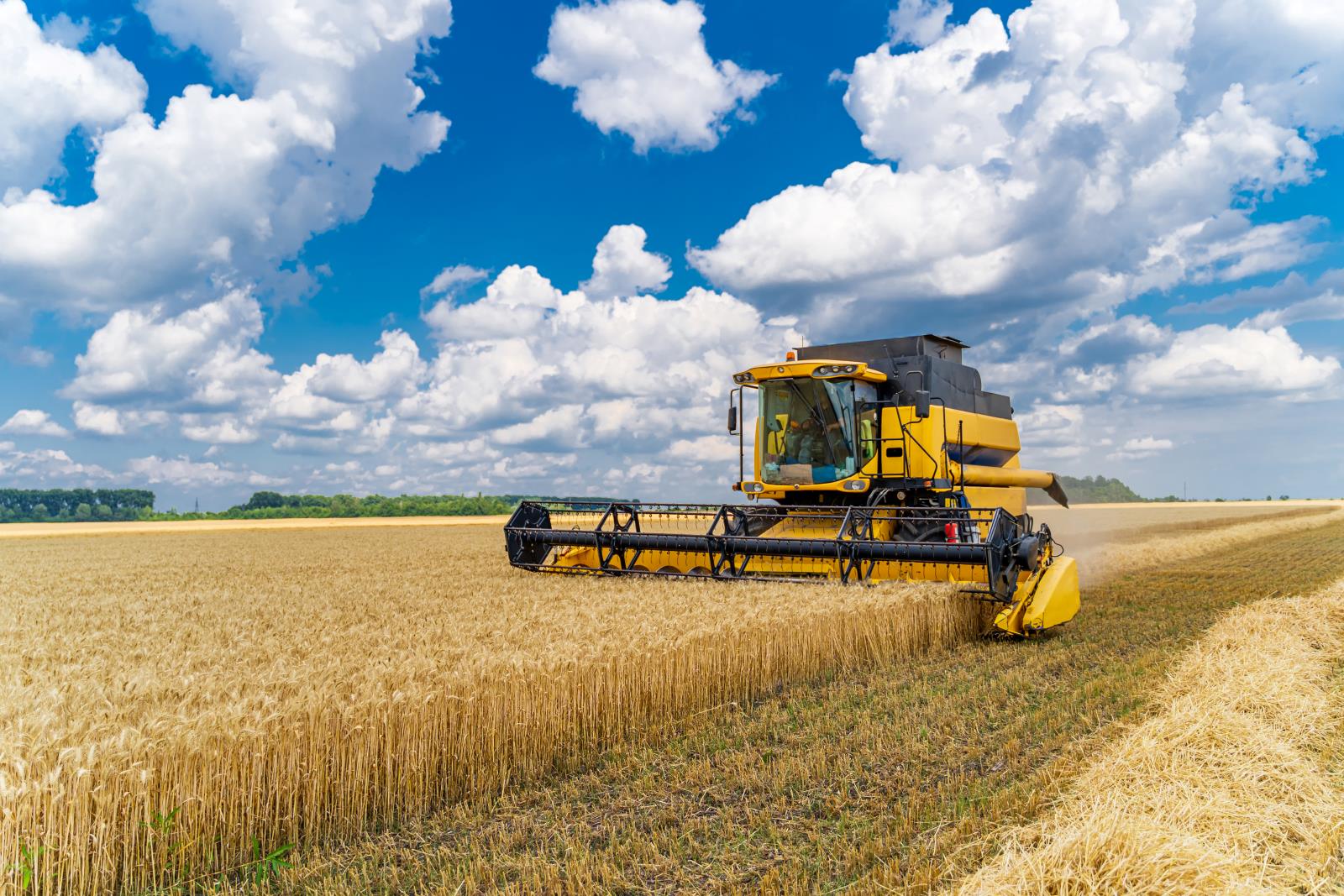
UK agriculture is in a state of alert as planting and harvesting times are disrupted by unseasonal weather patterns. The National Farmers Union has repeatedly warned that these disruptions pose a direct threat to food security in the country.
7. Biodiversity in Decline
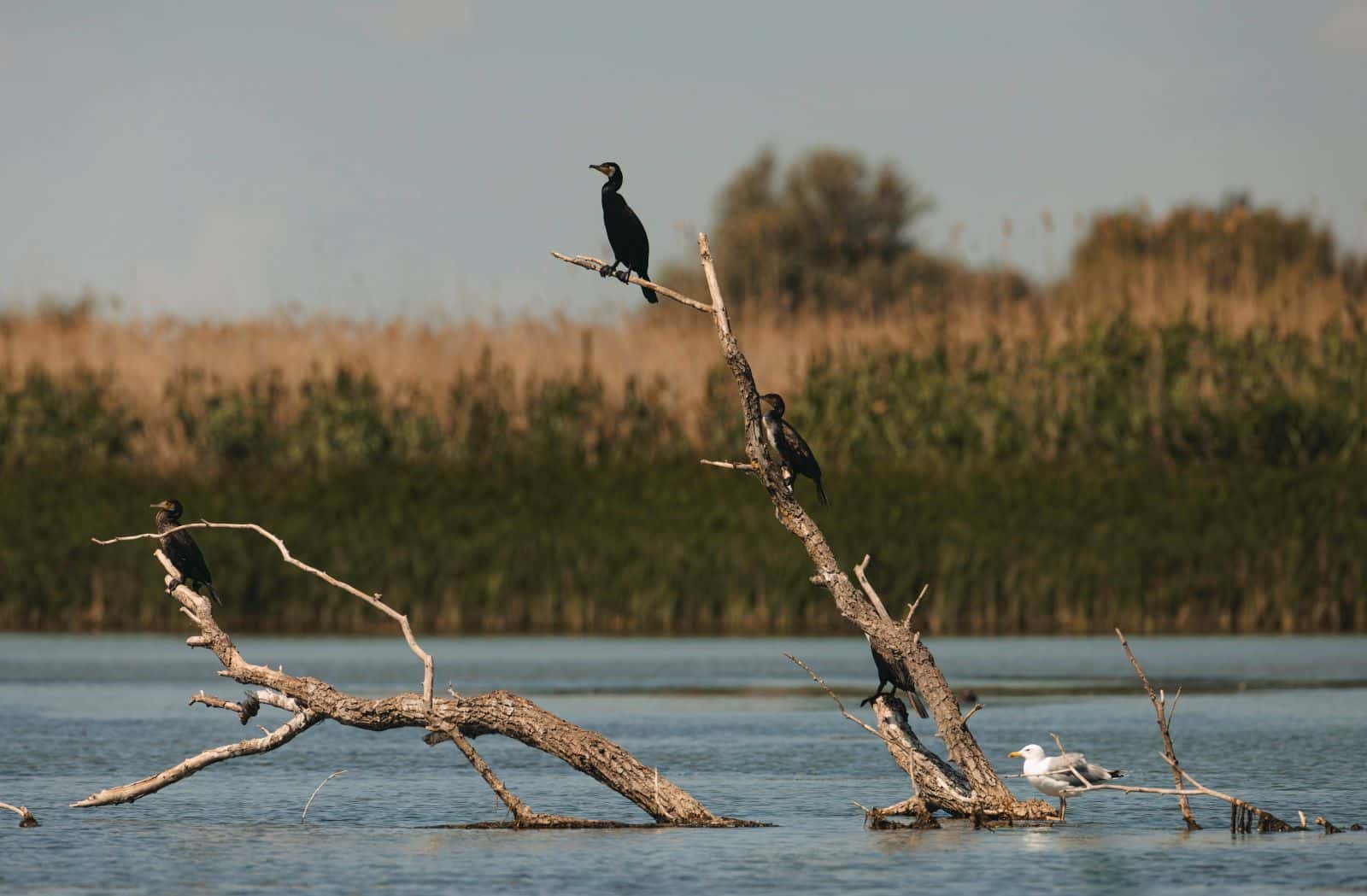
The nation’s wildlife is also at risk, with habitats being destroyed at an alarming rate. The Royal Society for the Protection of Birds (RSPB) reports significant shifts in bird migration patterns and breeding times, disrupting ecological balances.
8. Coastal Communities at Risk
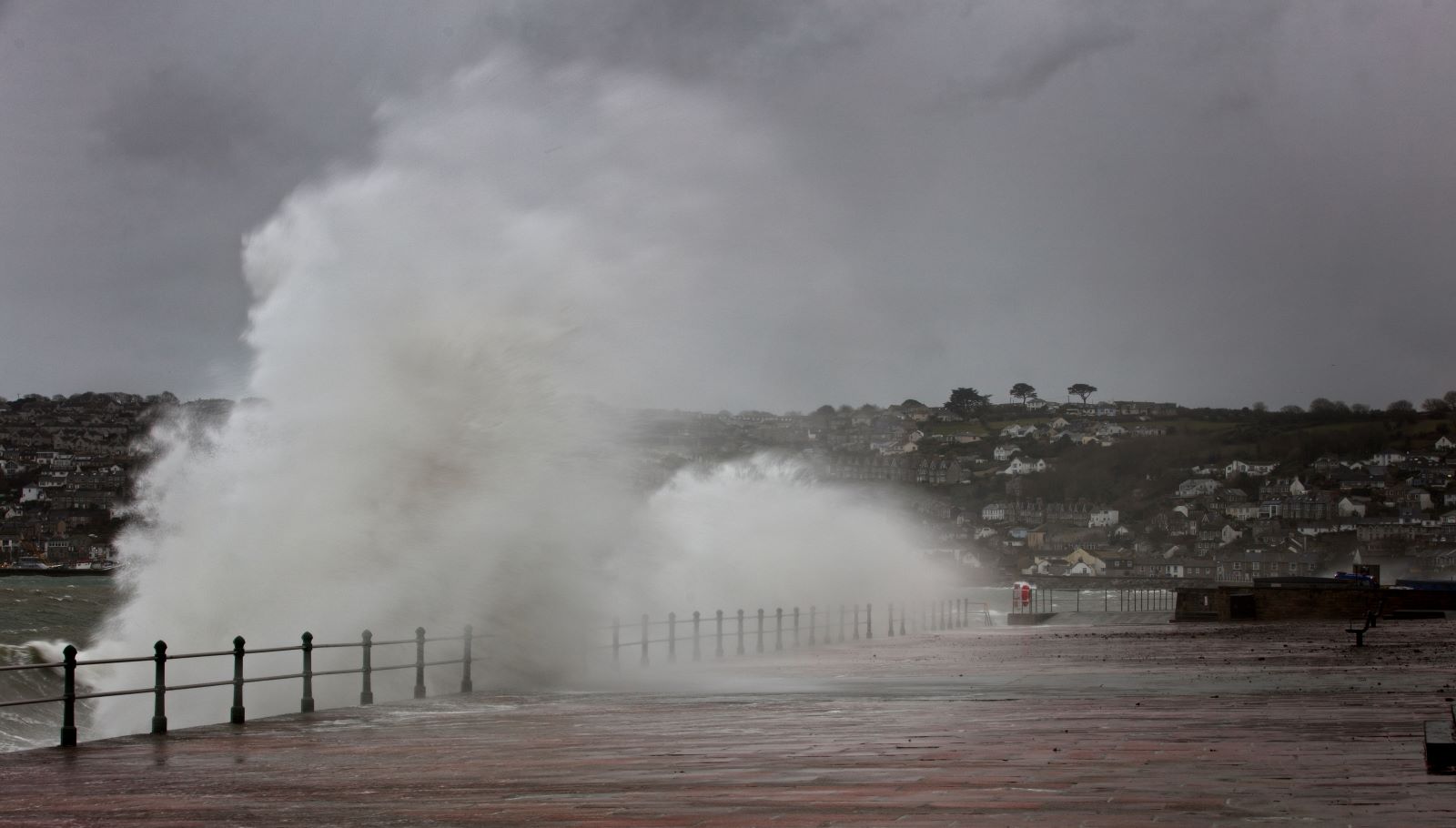
Rising sea levels and more aggressive storm surges erode coastlines and threaten communities. Areas like the Norfolk coast have seen some of the most dramatic changes, with homes and businesses increasingly at risk of being swallowed by the sea.
9. Infrastructure Under Siege

From transportation networks to power grids, the UK’s infrastructure is being tested by the elements. As roads crumble, railways buckle, and power lines fall, the frequency of repair and maintenance has increased, along with the costs.
10. The Policy Gap

While the urgency of climate action grows, policy responses lag. Government initiatives are under increasing scrutiny for their failure to keep pace with the escalating crisis. The gap between scientific warnings and political action is a growing chasm.
11. A Nation on Edge

Public anxiety is palpable. Surveys and polls consistently show that the British public is deeply concerned about climate change, more so with each record-breaking weather event. This anxiety is transforming into a demand for more decisive action from leaders.
12. Falling Behind on the Global Stage
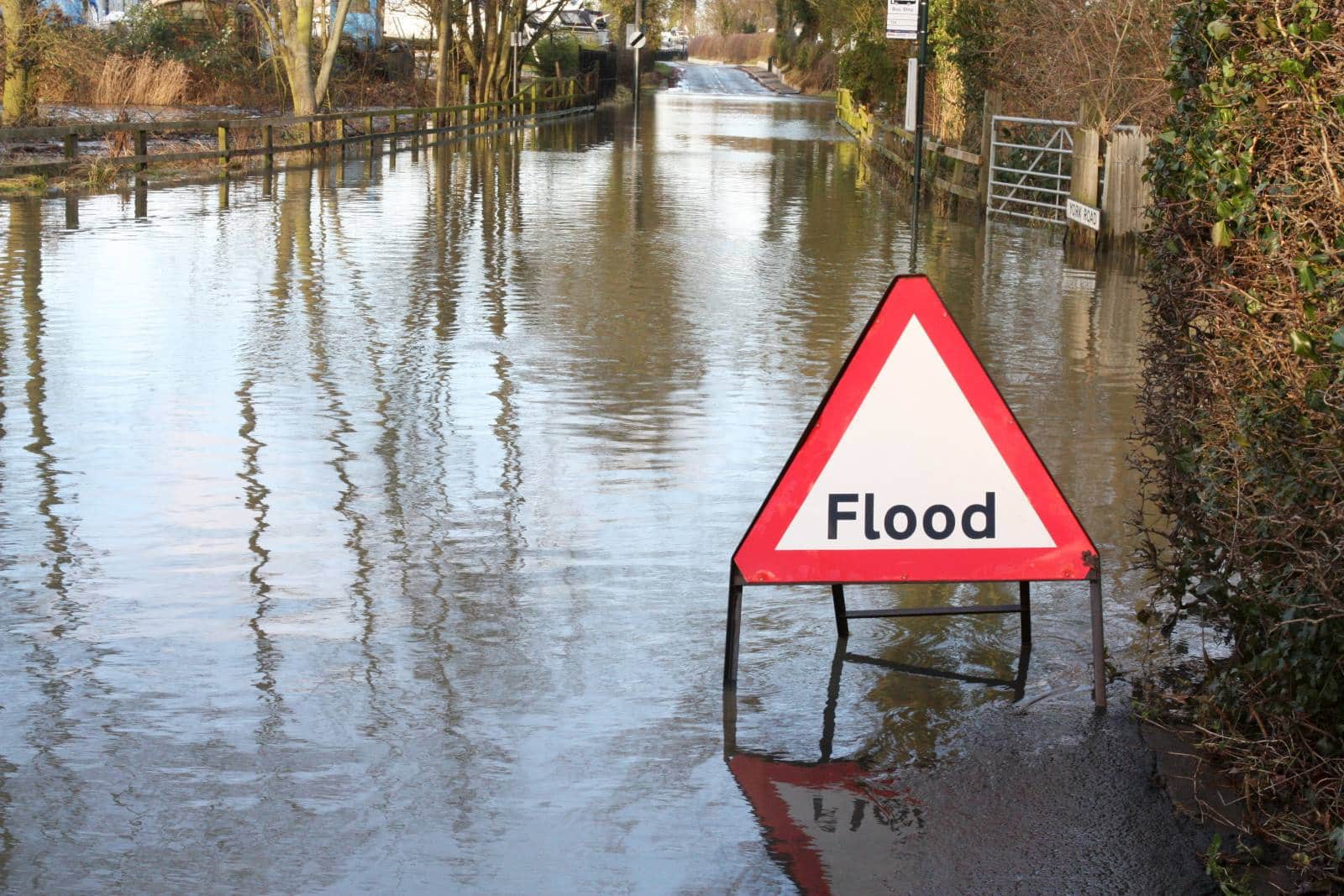
Internationally, the UK’s efforts in combating climate change are seen as insufficient. With countries around the world stepping up their climate commitments, the UK is under pressure to bolster its policies and initiatives.
13. The Decisive Decade

Experts warn that the actions taken in the next ten years are crucial. The window to mitigate the worst effects of climate change is closing rapidly, urging immediate and sustained action.
14. Dire Economic Predictions

Economists are increasingly incorporating climate risks into their forecasts, predicting severe impacts on everything from GDP to public health if current trends continue.
15. Disproportionate Impacts

The poorest in society bear the brunt of climate change. Those in lower-income areas are often the least equipped to handle the impacts of extreme weather, leading to calls for policies that address these inequalities.
16. The Tech Response
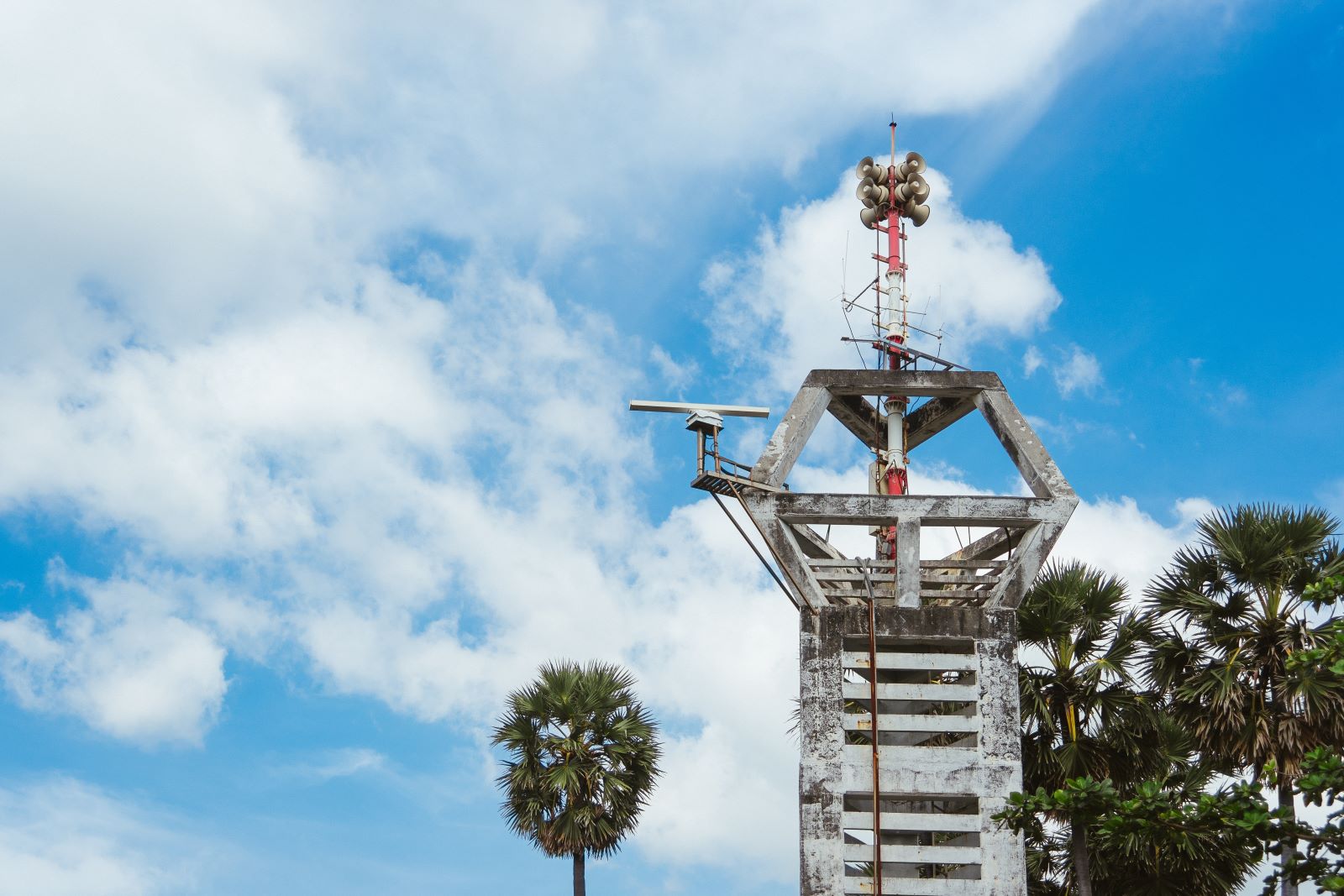
While technology offers some promising solutions, like advanced flood defenses and early warning systems, significant investment is required. The UK must leverage technology not just to respond to disasters, but to prevent them.
17. Misinformation Challenges

Persistent misinformation about climate change hampered efforts to educate the public. Clear, accurate, and accessible information is essential for public support for necessary measures.
18. Insurance Industries Adjust

The insurance sector is recalibrating to address the increased risk. Premiums are rising, and coverage terms are being reevaluated to manage the financial fallout of more frequent and severe weather events.
19. Shifting Investment Landscapes

There’s a noticeable shift towards sustainability in investment. More funds are being directed towards renewable energy and green infrastructure projects, recognizing the economic as well as environmental benefits of these investments.
20. Monitoring and Adaptation
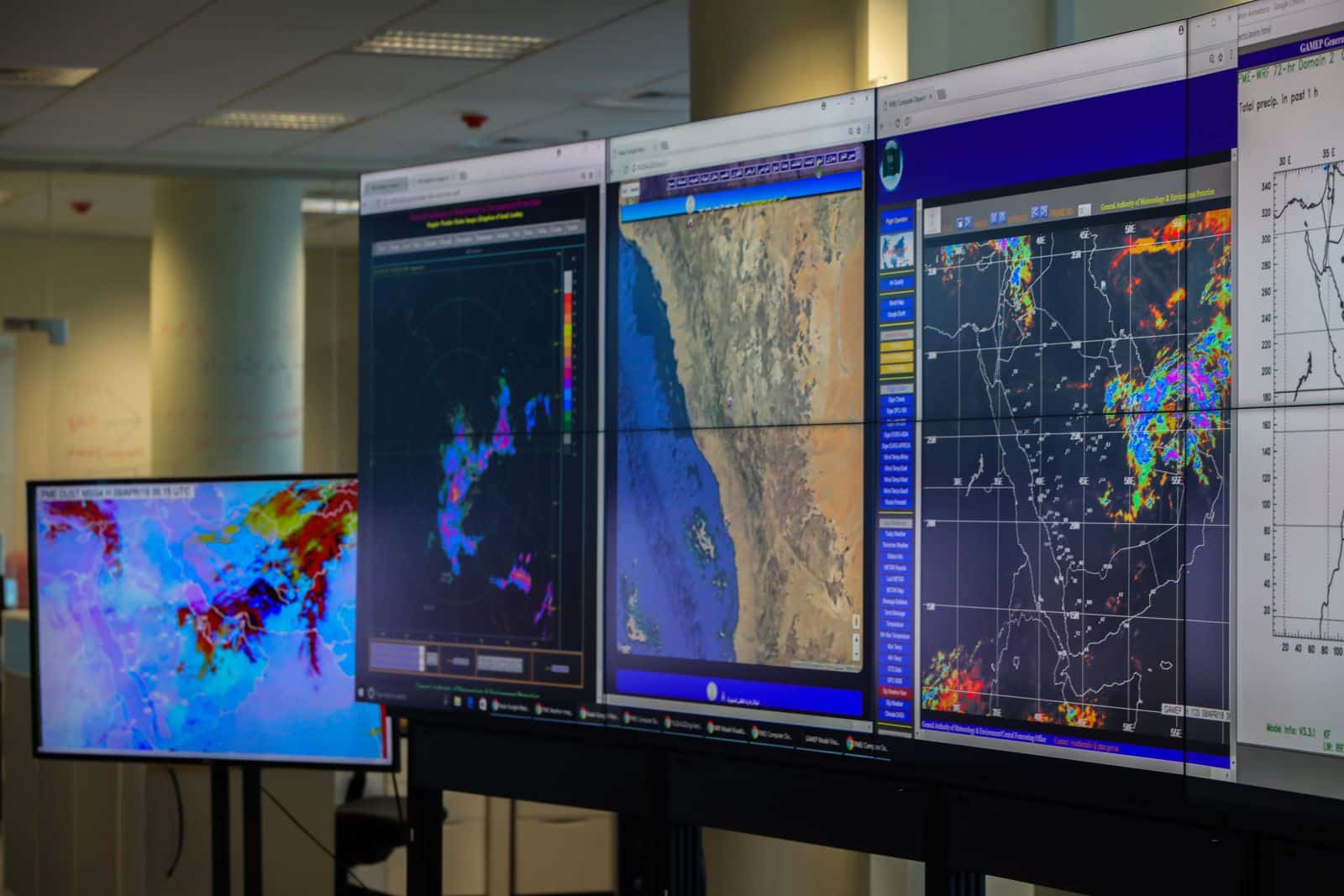
Adaptive strategies are critical as the UK prepares for a changed climate. Continuous monitoring and flexible response strategies will be key to managing the unpredictable challenges ahead.
Is This the New Normal?

With the UK weather becoming more hostile and unpredictable, one wonders: can we adapt fast enough? What will the true cost of inaction be? As we face these turbulent times, the need for robust, forward-thinking policies has never been more urgent.
Featured Image Credit: Shutterstock / Claudia8c.
For transparency, this content was partly developed with AI assistance and carefully curated by an experienced editor to be informative and ensure accuracy.
The images used are for illustrative purposes only and may not represent the actual people or places mentioned in the article.

